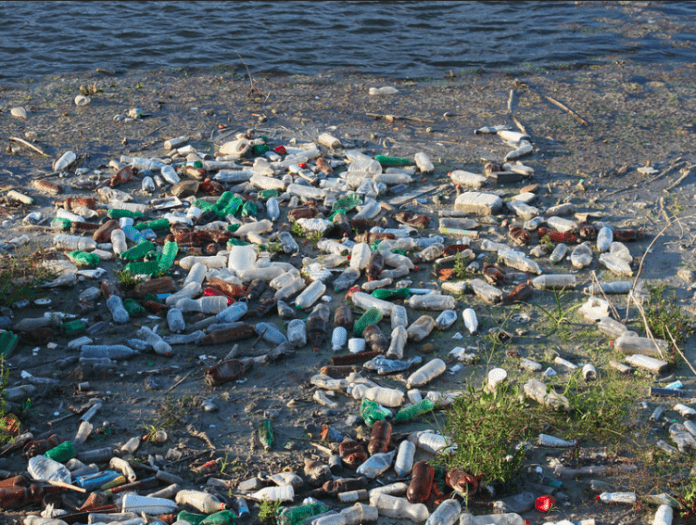A study by ING’s Economic Bureau has shown that the Dutch are using 26 million pieces of plastic food packaging each year. This is more than in previous years, largely due to population growth and the rise of individually packaged meals.
If you break that statistic down, that means 1500 pieces of plastic food packaging are used by each person each year- so about four per day. These things really add up!
Plastic is used in the food industry because it is lightweight and cheap to produce. Plastic manufacturing costs have barely risen over the last decade, according to NOS. When it comes to food, plastic has the advantage of increasing the shelf life of food and drink, ensuring food safety and being easy to transport and use.
Plastic and the environment
However, plastic is a massive problem for the environment. It takes hundreds or thousands of years to break down. Even then it continues to pollute the environment as micro or nano plastics. A lot of it ends up in the ocean, so we were super happy to see that The Ocean Cleanup successfully gathered up its first plastic from the sea with its plastic catcher. It is also the main source of litter in the streets, and harms wildlife if they come into contact with it. Amsterdam is encouraging people to go plastic fishing in its canals to deal with the problem.
Sad news: The Dutch consume 26 billion plastic food packaging annually. If we want to stop the plastic pollution, we must also stop producing new plastic. #plasticsoup https://t.co/1VgBLq99df
— The Great Bubble Barrier (@Bubble_Barrier) October 10, 2019
Consumers are more aware of plastic packaging
Consumers are becoming more aware of the negative aspects of plastic packaging, and have been asking supermarkets for alternatives. We even have a guide on how to reduce plastic use in the Netherlands. However, the situation is complicated, because alternatives such as glass take a lot more energy to produce and are heavier.
According to ING, the food sector can have a major impact on the situation by using lighter packaging- for example using foil instead of plastic lids, putting holes in the packaging, and no longer packaging individually. Furthermore, more plastic should be reused, and only recyclable types of plastic should be made afresh. Earlier this year, the Dutch government created a “plastic pact”, vowing to make all plastic recyclable by 2025 (though it’s not clear whether this target will be met).
Have you noticed how much plastic packaging is in Dutch supermarkets? And have you been trying to avoid it? Let us know in the comments below!
Feature image: Emilian Robert Vicol/Flickr

It is chocking how the Dutch supermarkets are plastic loaded and to think that the food is in contact with this dangerous material/chemical, polluting the fresh food and gets in our body when we ingest…
Sad 🥴😔